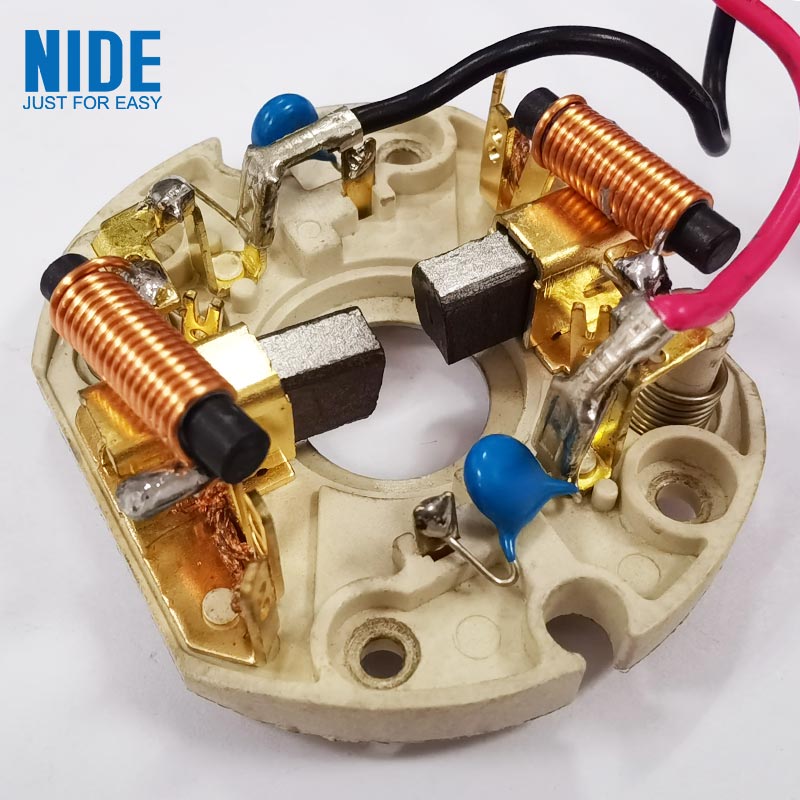Understanding the Vital Role of Carbon Brushes
2024-04-28
In the heart of many electric motors, generators, and alternators lies a seemingly simple yet critical component: the carbon brush. These unsung heroes play a vital role in ensuring the smooth operation of these machines by transferring electrical current between stationary and rotating parts.
What is a Carbon Brush?
A carbon brush is typically a rectangular block constructed from a specially formulated carbon compound. This carbon material is chosen for its unique combination of properties. It needs to be conductive enough to carry electricity efficiently, yet sufficiently hard to maintain contact with the rotating component without excessive wear. Carbon brushes come in various grades, each offering different characteristics like current-carrying capacity and wear resistance, to suit specific applications.
How Do Carbon Brushes Work?
Imagine an electric motor. The rotor, the spinning part that generates power, needs to receive electricity to function. However, the rotor is constantly moving. This is where carbon brushes come in. They are positioned within a holder that presses them against the rotating commutator, a ring-shaped component on the rotor. As the motor spins, the carbon brushes make continuous contact with the commutator, transferring electrical current from the stationary brushes to the rotating commutator, and ultimately to the rotor windings.
The Importance of Maintaining Carbon Brushes
Carbon brushes are wear items. Over time, friction with the commutator causes them to wear down and become shorter. This can lead to sparking, reduced motor performance, and even damage to the commutator. Therefore, it's crucial to regularly inspect carbon brushes and replace them when they reach their wear limit. Most motor manufacturers specify recommended replacement intervals for carbon brushes based on expected usage patterns.
Beyond Basic Motors
While carbon brushes are most commonly associated with electric motors, their applications extend far beyond. They are also vital components in alternators and generators, ensuring the efficient transfer of electrical current in these power-generating machines. Additionally, some carbon brush designs are used in applications like windshield wipers and power tools, demonstrating their versatility.
Choosing the Right Carbon Brush
Selecting the right carbon brush for a specific application is essential. Different motor types and operating conditions require carbon brushes with varying properties. Factors like motor size, power output, and operating environment all influence the choice of carbon brush material and grade. Consulting the motor manufacturer's recommendations or a qualified technician is crucial for selecting the appropriate carbon brush replacement.
Though often overlooked, carbon brushes play an indispensable role in the operation of countless electric motors, generators, and alternators. By understanding their function, importance, and proper maintenance, we can ensure these machines continue to operate efficiently and reliably for years to come. So, the next time you encounter an electric motor, take a moment to appreciate the silent hero – the carbon brush.


